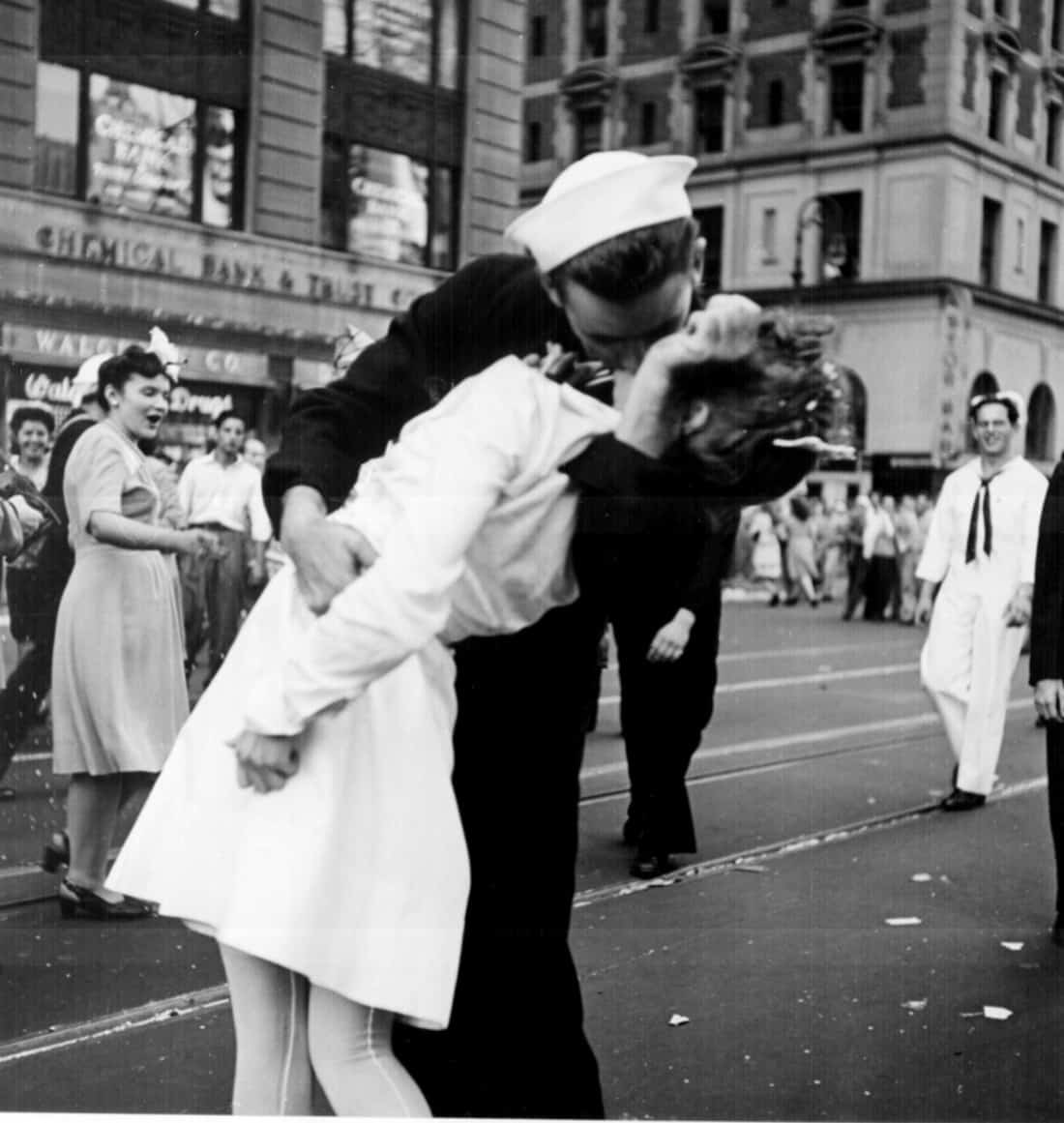The Best Guide To Framing Streets
The Best Guide To Framing Streets
Blog Article
The Definitive Guide to Framing Streets
Table of ContentsAll About Framing StreetsFraming Streets - TruthsFraming Streets Things To Know Before You BuyEverything about Framing StreetsThe Of Framing StreetsThe Greatest Guide To Framing Streets
Digital photography style "Crufts Canine Show 1968" by Tony Ray-Jones Street photography (additionally often called honest digital photography) is photography performed for art or questions that features unmediated chance experiences and arbitrary occurrences within public locations, typically with the objective of recording photos at a definitive or emotional minute by mindful framework and timing. 
, that was influenced to take on a comparable documentation of New York City. As the city developed, Atget assisted to promote Parisian streets as a worthwhile topic for photography.

An Unbiased View of Framing Streets
Between 1946 and 1957 Le Groupe des XV each year exhibited work of this kind. Andre Kertesz. Circus, Budapest, 19 May 1920 Street digital photography created the major material of two events at the Gallery of Modern Art (Mo, MA) in New York curated by Edward Steichen, Five French Professional Photographers: Brassai; Cartier-Bresson, Doisneau, Ronis, Izis in 1951 to 1952, and Post-war European Digital Photography in 1953, which exported the concept of street photography worldwide.

Some Known Details About Framing Streets
The recording maker was 'a concealed camera', a 35 mm go now Contax hidden underneath his layer, that was 'strapped to the upper body and attached to a lengthy cord strung down the right sleeve'. His job had little modern effect as due to Evans' sensitivities about the creativity of his job and the personal privacy of his subjects, it was not released until 1966, in the publication Several Are Called, with an introduction composed by James Agee in 1940.
Helen Levitt, then a teacher of little ones, related to Evans in 193839. She recorded the transitory chalk illustrations - Street photography hashtags that belonged to kids's street culture in New York at the time, as well as the youngsters who made them. In July 1939, Mo, MA's brand-new photography section included Levitt's operate in its inaugural exhibitRobert Frank's 1958 publication,, was substantial; raw and often out of focus, Frank's images examined traditional photography of the moment, "tested all the official regulations set by Henri Cartier-Bresson and Pedestrian Evans" and "flew in the face of the wholesome pictorialism and genuine photojournalism of American magazines like LIFE and Time".
Report this page